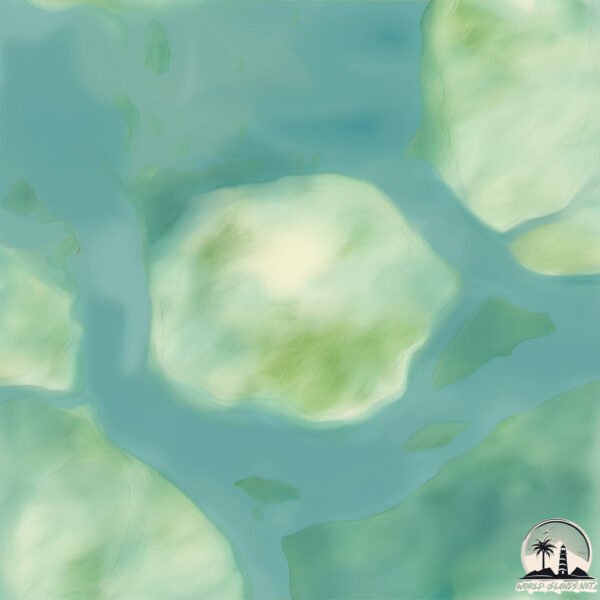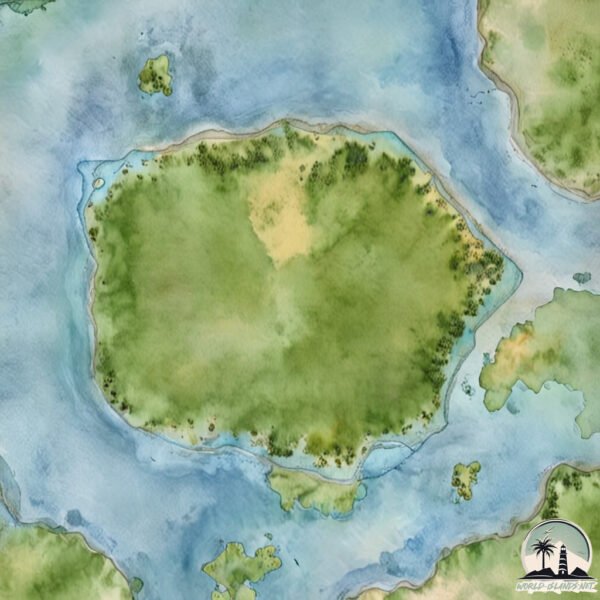Bhains Bid


Welcome to Bhains Bid, a Dry island in the Arabian Sea, part of the majestic Indian Ocean. This guide offers a comprehensive overview of what makes Bhains Bid unique – from its geography and climate to its population, infrastructure, and beyond. Dive into the details:
- Geography and Size: Explore the island’s size and location.
- Climate and Weather: Weather patterns and temperature.
- Topography and Nature: Uncover the natural wonders of the island.
- Infrastructure and Travelling: Insights on reaching, staying, and making the most of your visit.
- News and Headlines: Latest News.
Geography and size of Bhains Bid
Size: 2.92 km²
Coastline: 6.8 km
Ocean: Indian Ocean
Sea: Arabian Sea
Continent: Asia
Bhains Bid is a Small Island spanning 2.9 km² with a coastline of 6.8 km.
Archipel: –
Tectonic Plate: India – A major tectonic plate that initially moved northward at a rapid pace before colliding with the Eurasian Plate. This collision is responsible for the uplift of the Himalayas and the Tibetan Plateau.
The geographic heart of the island is pinpointed at these coordinates:
Latitude: 22.54393973 / Longitude: 69.94666436
Climate and weather of Bhains Bid
Climate Zone: Dry
Climate Details: Hot Semi-Arid (Steppe) Climate
Temperature: Hot
Climate Characteristics: Features hot summers and mild to warm winters. Receives more rainfall than hot deserts but less than tropical savannas, leading to a somewhat more varied landscape.
Topography and nature of Bhains Bid
Timezone: UTC+05:30
Timezone places: Asia/Kolkata
Max. Elevation: 4 m
Mean Elevation: 3 m
Vegetation: Mangrove Forest
Tree Coverage: 40%
The mean elevation is 3 m. The highest elevation on the island reaches approximately 4 meters above sea level. The island is characterized by Plains: Flat, low-lying lands characterized by a maximum elevation of up to 200 meters. On islands, plains are typically coastal lowlands or central flat areas.
Dominating Vegetation: Mangrove Forest
Found in coastal areas and river deltas, these unique wetland ecosystems are adapted to saline conditions and are crucial for coastal protection and biodiversity. Bhains Bid has a tree cover of 40 %.
Vegetation: 5 vegetation zones – Highly Diverse Island
With five different vegetation zones, these islands offer a rich tapestry of ecosystems. The variety could include dense forests, open meadows, wetlands, coastal zones, and more. This level of diversity supports an intricate web of life, with each zone playing a vital role in the overall ecological health and balance of the island.
Infrastructure and Travelling to Bhains Bid
Does the island have a public airport? no.
There is no public and scheduled airport on Bhains Bid. The nearest airport is Jamnagar Airport, located 10 km away.
Does the island have a major port? no.
There are no major ports on Bhains Bid. The closest major port is BEDI, approximately 9 km away.
The mean population of Bhains Bid is 754 per km². Bhains Bid is Densely Populated. The island belongs to India.
Continuing your journey, Dēra is the next notable island, situated merely km away.
GIANT BUFFALO Scene - Kong: Skull Island (2017) Movie Clip HD



India is classified as Emerging region: BRIC: Brazil, Russia, India, and China – Economies noted for their rapid growth and increasing influence on global affairs. The level of income is Lower middle income.
News – Latest Updates and Headlines from Bhains Bid
Stay informed with the most recent news and important headlines from Bhains Bid. Here’s a roundup of the latest developments.
Please note: The data used here has been primarily extracted from satellite readings. Deviations from exact values may occur, particularly regarding the height of elevations and population density. Land area and coastline measurements refer to average values at mean high tide.
